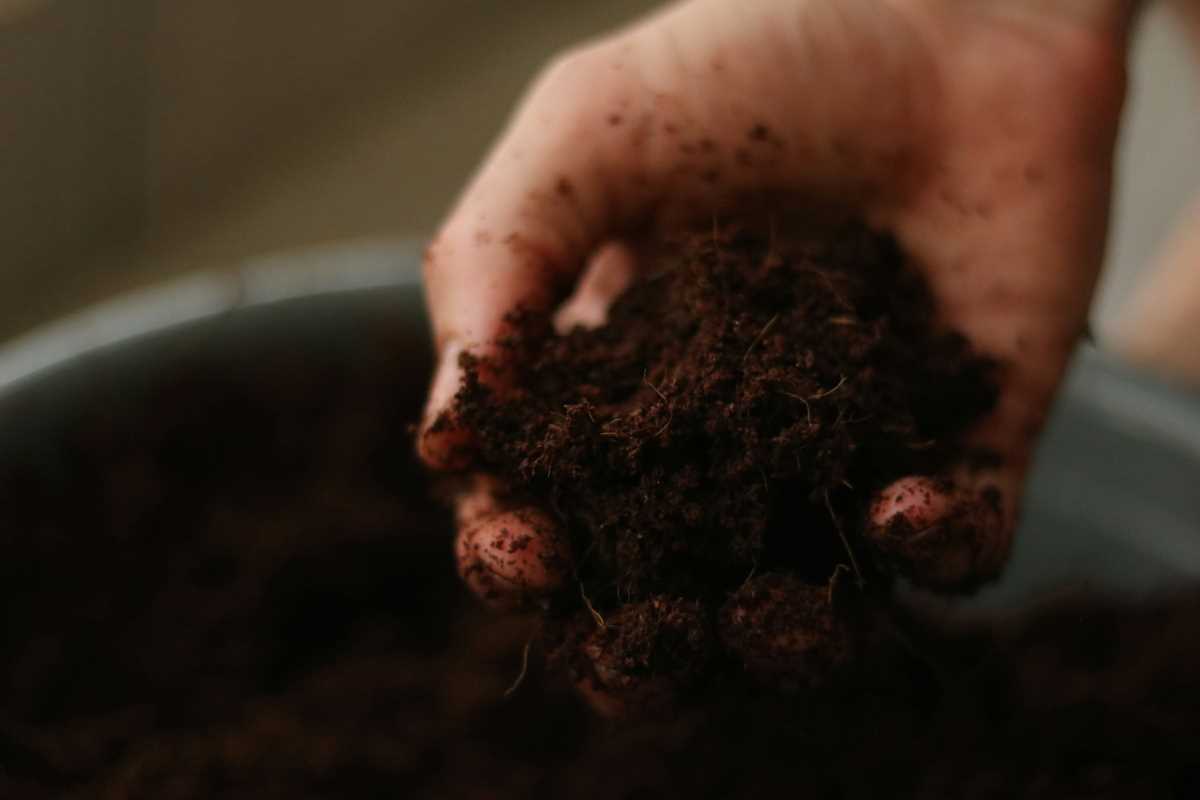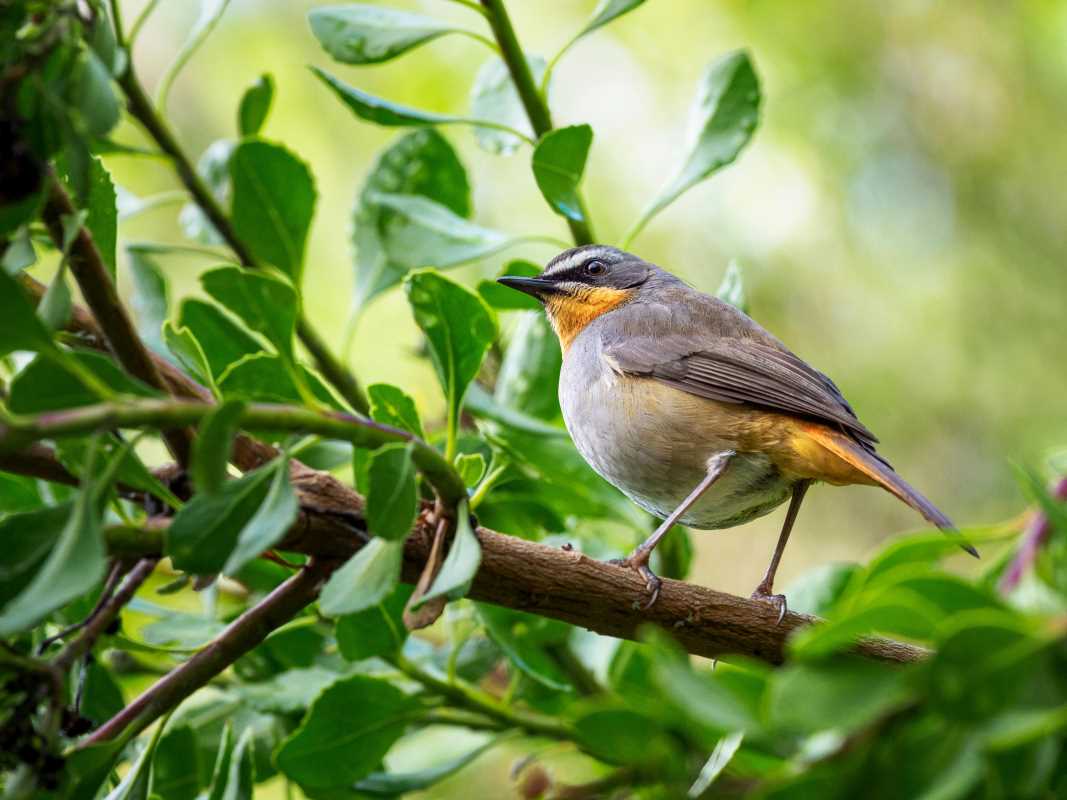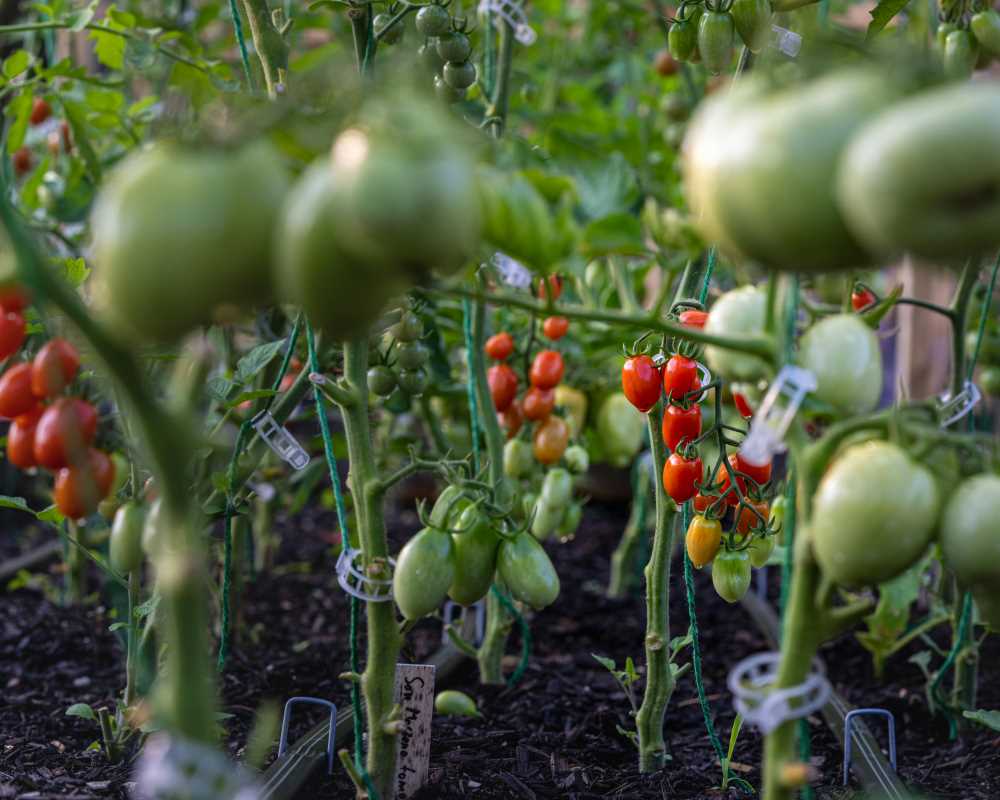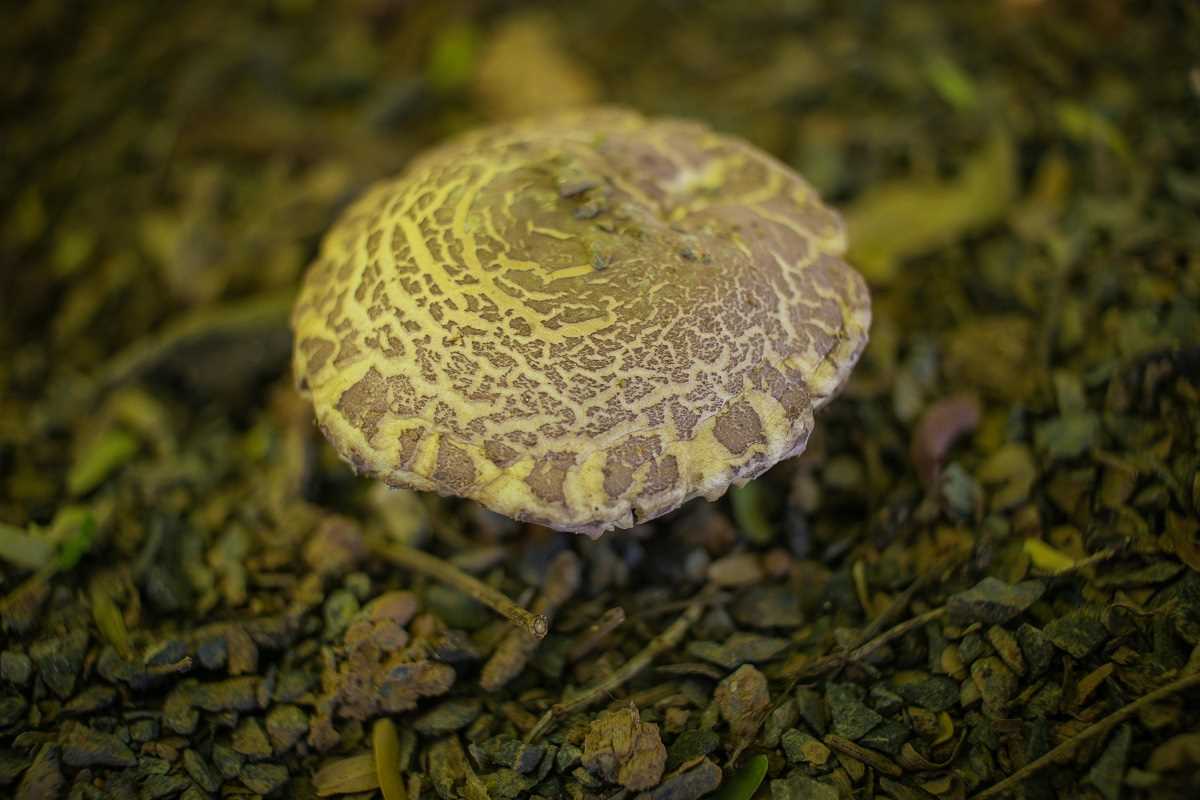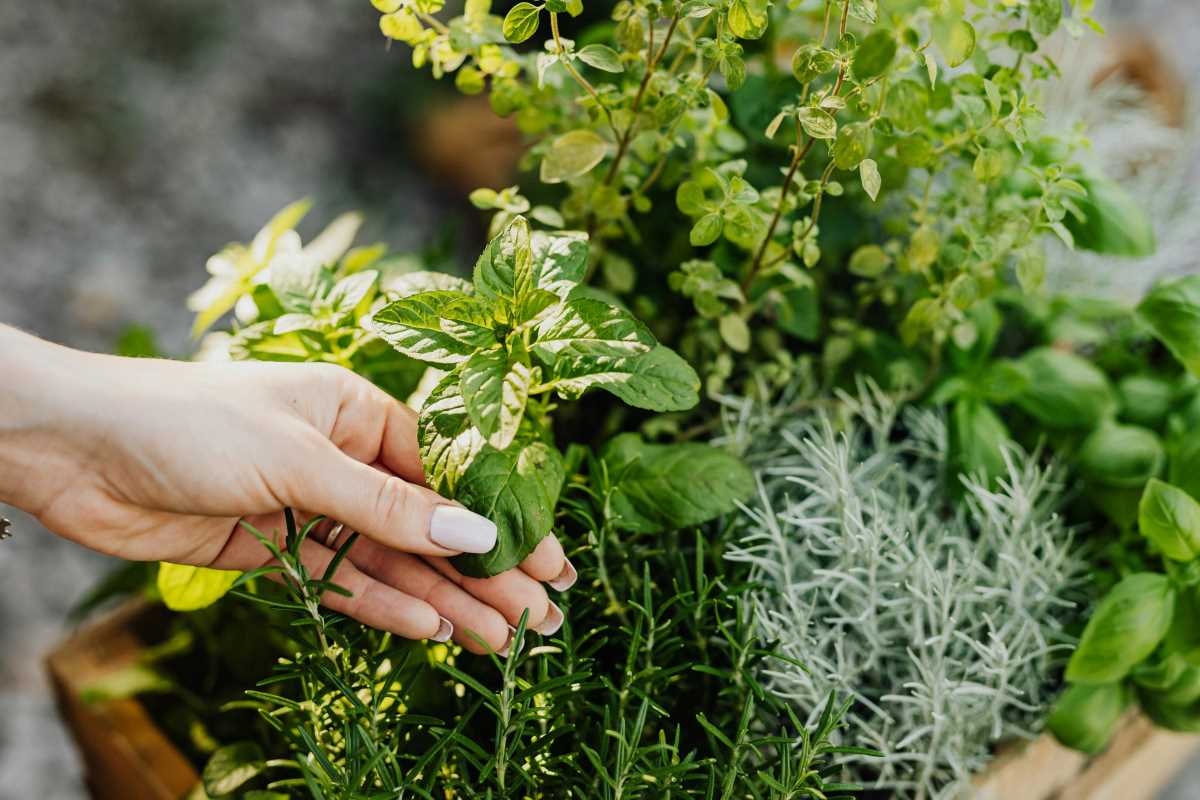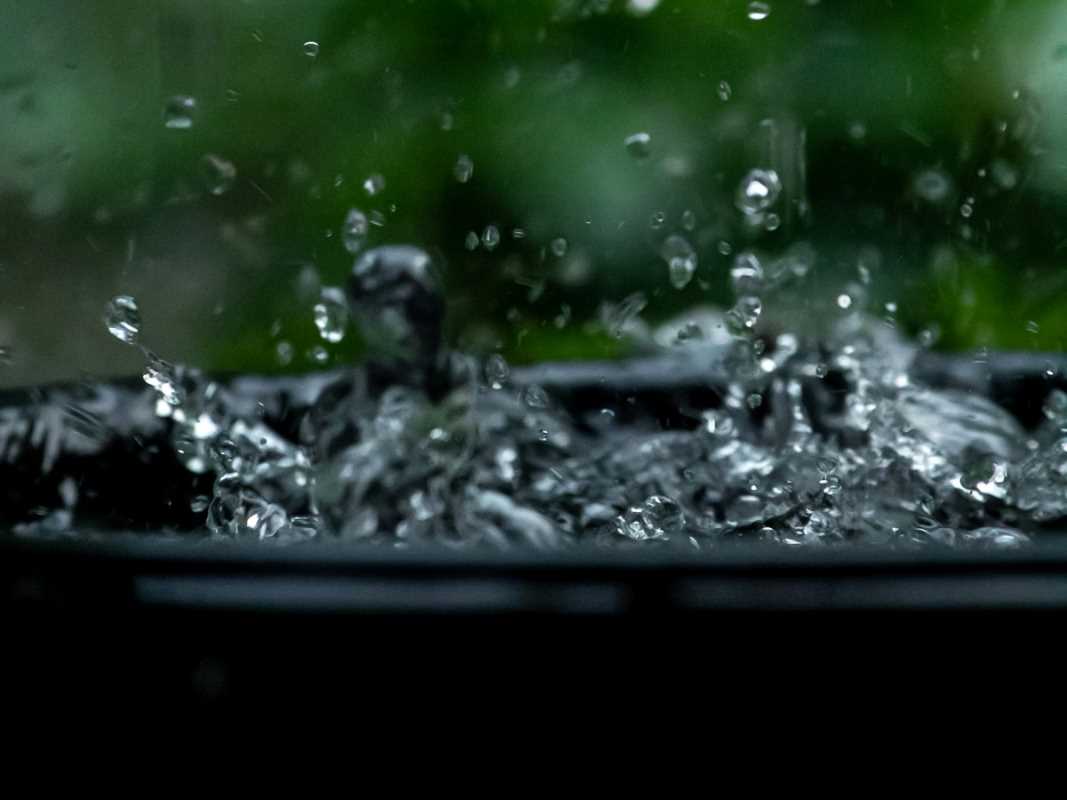Honey is a rich, flavorful product of hardworking bees and the nectar they collect. The quality, taste, and aroma of honey can vary significantly depending on which plants the bees forage. Whether you’re a beekeeper looking to produce unique honey profiles or a gardener wanting to help pollinators, selecting the right plants is key to achieving flavorful results. This guide explores the best plants for producing distinct and delicious honey, offering tips for different climates, and how to design a garden that supports healthy and happy bees.
How Plants Influence Honey Flavor
The flavor of honey is directly tied to the nectar source (or sources) that bees collect. When bees focus on one type of plant, the resulting honey is classified as monofloral honey (e.g., clover or orange blossom honey). On the other hand, honey can also be multifloral, meaning bees have foraged nectar from a mixed range of plants, creating complex and varied flavors.
Here are a few examples of flavor profiles tied to specific flowers:
- Lavender: Light floral honey with a hint of herbal sweetness.
- Clover: Mild, sweet, and slightly grassy.
- Orange Blossom: Citrusy with a subtle tang.
- Buckwheat: Deep and earthy, almost molasses-like.
Understanding which plants produce nectar-rich flowers that attract bees is essential for crafting the best honey profiles.
Top Plants for Flavorful Honey
1. Clover
- Flavor Profile: Mild and sweet with a hint of floral undertones.
- Best Climates: Temperate regions. Clover is hardy and grows well in pastures, fields, and gardens.
- Why It Works for Bees: Clover produces large quantities of nectar, making it one of the most popular plants for honey production.
- Popular Varieties: White clover, red clover, and sweet clover.
2. Lavender
- Flavor Profile: Fragrant, floral, and lightly herbal.
- Best Climates: Warm, sunny climates with well-drained soil.
- Why It Works for Bees: Lavender’s abundant flowers are rich in nectar and are a favorite stop for pollinators throughout summer.
- Planting Tip: Choose English lavender (Lavandula angustifolia) for cold-hardy regions or Spanish lavender (Lavandula stoechas) for warmer climates.
3. Orange Blossoms
- Flavor Profile: Lightly citrusy, sweet, and fragrant.
- Best Climates: Subtropical to tropical areas (e.g., Florida or Southern California).
- Why It Works for Bees: Citrus trees bloom profusely and provide a bountiful nectar source.
- Recommendation: Plant orange, lemon, or any citrus trees in a sunny spot for a dual-purpose garden (fruit and honey production).
4. Buckwheat
- Flavor Profile: Deep, rich, and earthy; perfect for baking.
- Best Climates: Cold-tolerant and can grow in various soil types. Prefers cooler climates.
- Why It Works for Bees: Buckwheat flowers are a late-season nectar source, giving bees sustenance when fewer plants are in bloom.
- Planting Tip: Buckwheat matures quickly and can be sown multiple times a year.
5. Wildflowers
- Flavor Profile: Complex and diverse, depending on the mix.
- Best Climates: Suitable for all regions; wildflower seed mixes can be tailored to your local conditions.
- Why It Works for Bees: A wide variety of native species ensures bees have access to nectar through different seasons.
- Recommendation: Use local wildflower mixes that include species like black-eyed Susan, poppies, and goldenrod.
6. Sunflowers
- Flavor Profile: Mild, floral sweetness with subtle nutty undertones.
- Best Climates: Warm, sunny locations with well-drained soil.
- Why It Works for Bees: Sunflowers are an excellent pollen and nectar source. Pollinators love their wide, open blooms.
- Planting Tip: Opt for single-flowering varieties rather than hybrid decorative types, which may produce less nectar.
7. Basswood/Linden Trees
- Flavor Profile: Light and delicate, with floral and woodsy hints.
- Best Climates: Prefers cooler temperate regions with moist, fertile soil.
- Why It Works for Bees: Basswood trees bloom in midsummer when other nectar sources have faded, providing bees with a robust nectar source.
- Fun Fact: Linden honey is highly prized in Europe for its soothing flavor.
8. Eucalyptus
- Flavor Profile: Strong, aromatic, with a slight medicinal quality.
- Best Climates: Warm, Mediterranean-like regions.
- Why It Works for Bees: Eucalyptus trees bloom for extended periods, allowing prolonged foraging opportunities.
- Planting Tip: Although not native to some areas, eucalyptus is fast-growing and can be pruned to fit smaller spaces.
9. Thyme
- Flavor Profile: Pungently herbal with earthy notes.
- Best Climates: Mediterranean or arid climates with sandy, well-drained soil.
- Why It Works for Bees: This low-growing herb produces small flowers that are rich in nectar.
- Bonus: Plant thyme near vegetables as it can deter pests while attracting pollinators.
10. Goldenrod
- Flavor Profile: Bold and spicy with a touch of bitterness.
- Best Climates: Thrives in sunny areas with average to moist soil.
- Why It Works for Bees: Goldenrod blooms in early fall, providing a late-season foraging source. This is critical for bees to stockpile honey before winter.
- Tip for Gardeners: Pair goldenrod with asters for vibrant fall color and pollinator-friendly landscaping.
Tips for Planting a Bee-Friendly Garden
Creating a bee-friendly garden ensures a thriving hive and better honey production. Here are some practical tips to help you boost pollinators while enhancing nectar availability.
1. Plant Diversity
Include a variety of plants with staggered blooming times to ensure that bees have access to nectar throughout the growing season.
2. Go Organic
Avoid chemical pesticides and herbicides, which can harm bees. Opt for natural pest control methods or companion planting to protect your garden sustainably.
3. Provide Water Sources
Bees need water, but they can easily drown in deep containers. Place shallow dishes of water with pebbles or floating corks for safe drinking spots.
4. Use Native Plants
Native plants are better adapted to your local climate and soil, and they often produce more nectar than non-native or ornamental species.
5. Choose the Right Layout
Plant flowers in clusters rather than single rows. A dense, diverse flower bed makes it easier for pollinators to gather nectar efficiently.
Honey-Producing in Every Climate
Different climates call for specific plants to optimize honey production.
- Cold Climates: Basswood trees, clover, buckwheat, and wildflowers like goldenrod thrive.
- Temperate Climates: Lavender, wildflowers, and sunflowers perform well.
- Warm or Mediterranean Climates: Citrus trees, thyme, eucalyptus, and rosemary are excellent options.
- Arid Climates: Look for drought-resistant plants like sage, flowering cacti, and mesquite trees to support bees.
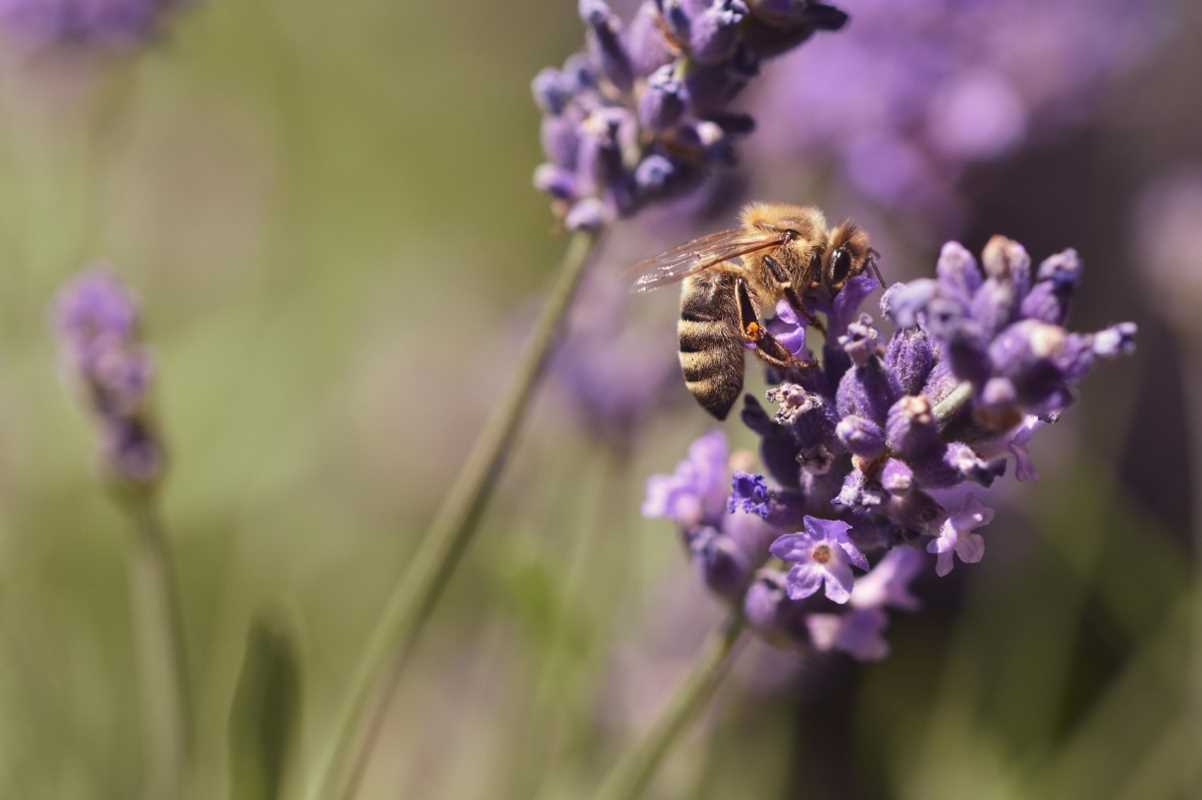 (Image via
(Image via